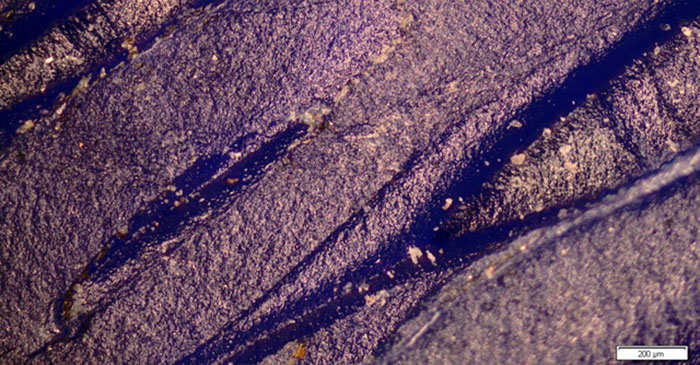If you’ve been 3D printing colourful flatware for your kids, has anyone ever told you what a bad parent you are? ABS isn’t a particularly bio-friendly plastic and the FDA’s requirements for food safety are pretty strict. So, if you insist on 3D printing forks for feeding your children, you might consider using GermanRepRap’s new Polypropylene (PP) filament, produced specifically to fulfill food safety standards established by the United States and European Union. In the case that you do, however, there are other safety considerations to keep in mind.
GermanRepRap’s new Polypropylene material is a semicrystalline thermoplastic with a “slightly soapy surface feel” that works well for items that may come in contact with your food or children, according to the company. The material is also said to be highly flexible, without breaking easily. GermanRepRap explains that PP is best printed at 210° C on any 3D printer with a 3 mm nozzle, but that it requires a special print bed sold by the German company for €24.95 or €14.95 ($34 or $20), depending on the size. Currently available in black at 3 mm in diameter, the new PP material can be purchased in a spool of 2.1kg at €99.95 (about $136) or 750g at €54.95 (about $75).

While PP may allow for 3D prints that are much more bio-friendly than ABS, it may not solve all of the issues associated with printing objects that will come into contact with food. In a discussion on the RepRap forums, some users, who have worked in fields that adhere to FDA requirements, have pointed out that objects printed from FFF machines will have a porous structure. Such pores will leave room for bacteria to form and many of the forum users recommended against the use of 3D printed plastic objects for serving food. It may be possible, however, to coat prints in a food safe sealant like Polyurethane lacquer, some of the users suggest. The sealant could fill in some of these pores and make cleaning the bacteria formed from residue much more feasible. Still, the hot-end used to produce the prints may not be food safe, with user Brian “Plastic Nerd” Richard suggesting the use of a brand new extruder, which would have to be sanitized using strict standards after use.
GermanRepRap’s new PP filament may be food safe, but the FFF process may not. I’d prefer for home 3D printer users to wait until an FDA-approved apparatus comes out that can ensure the safety of my printed products. I’d rather not see death-by-printing in the form of a toxic plate ruin the 3D printing revolution for the rest of us.
Source: GermanRepRap


